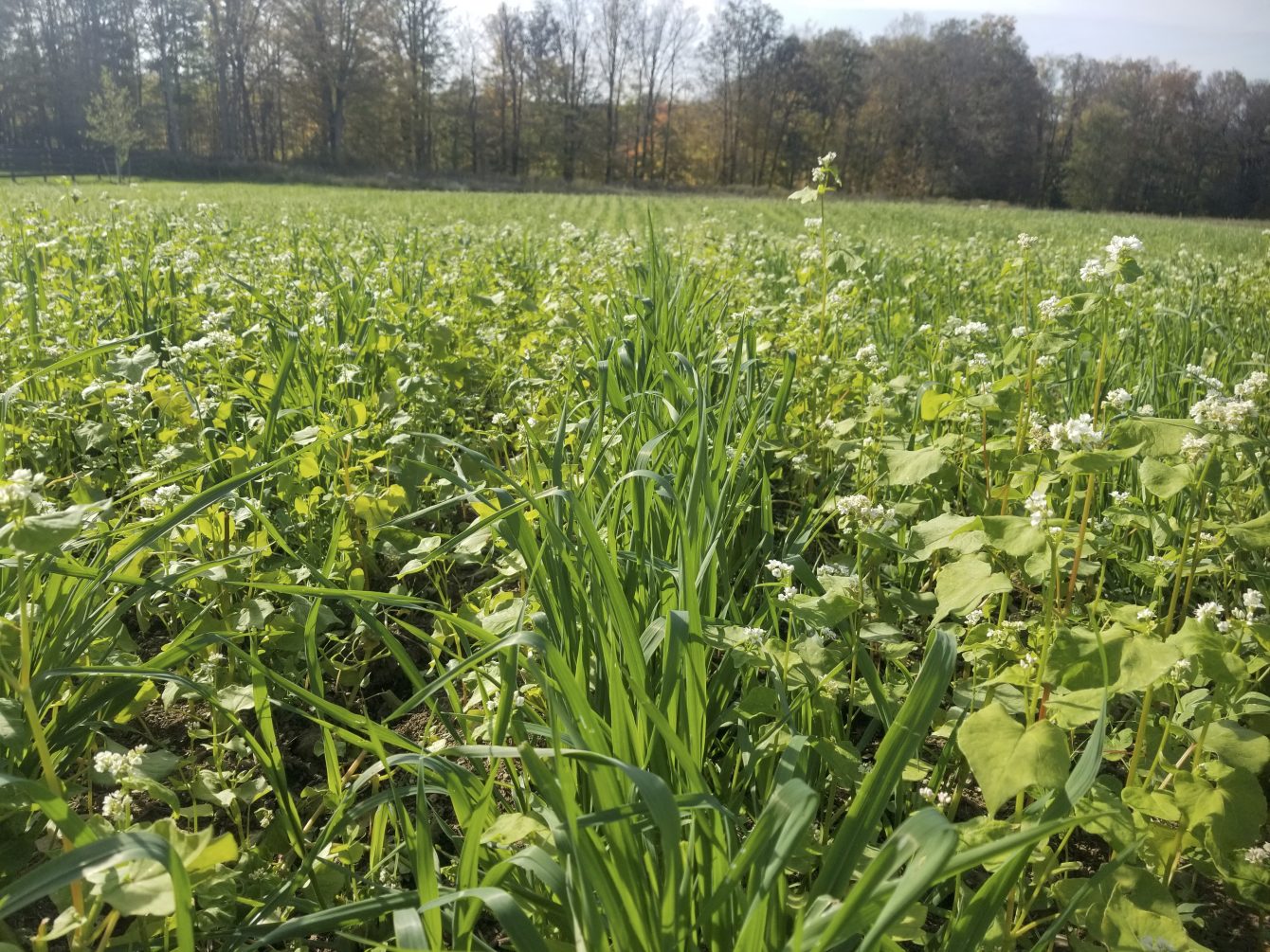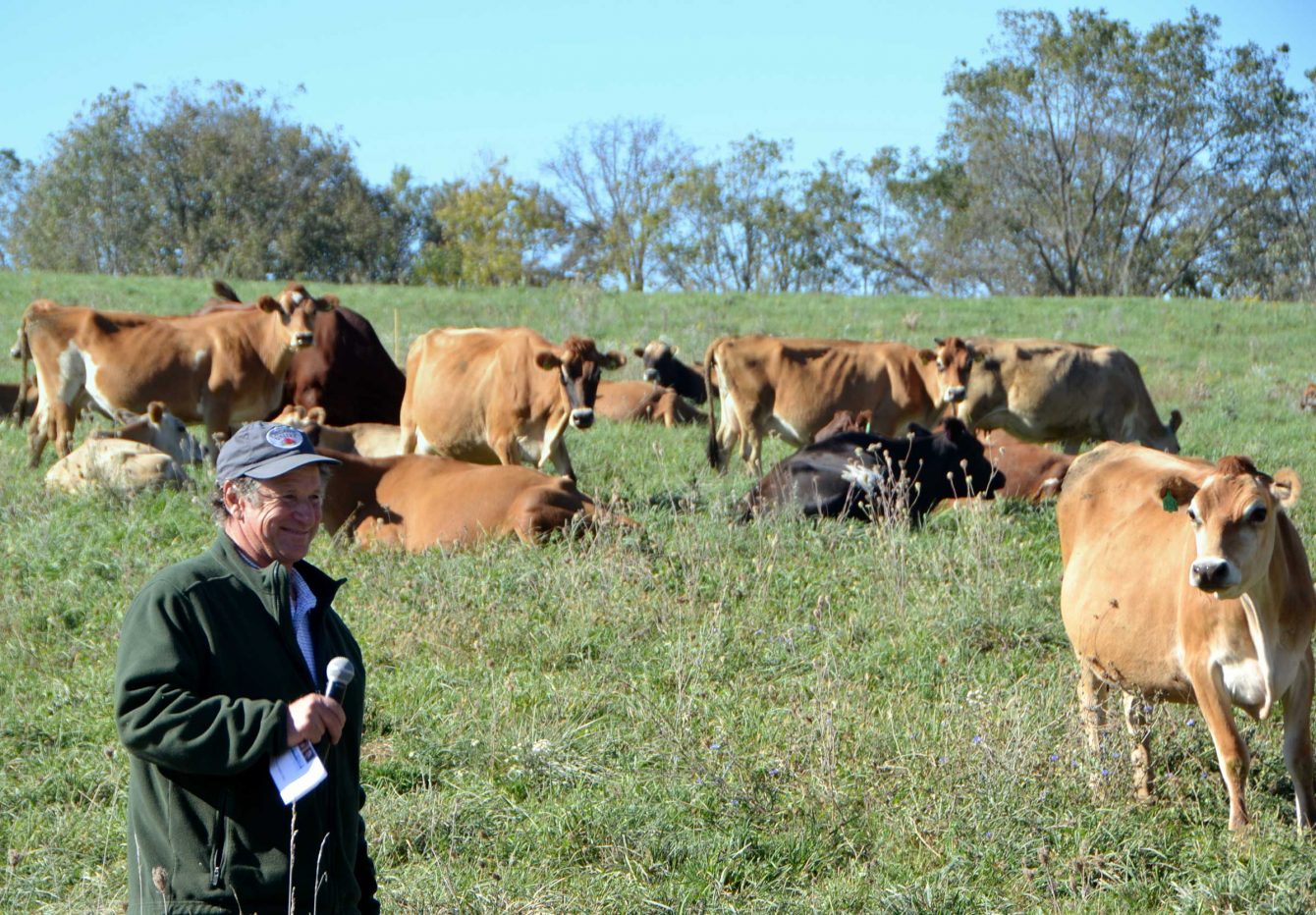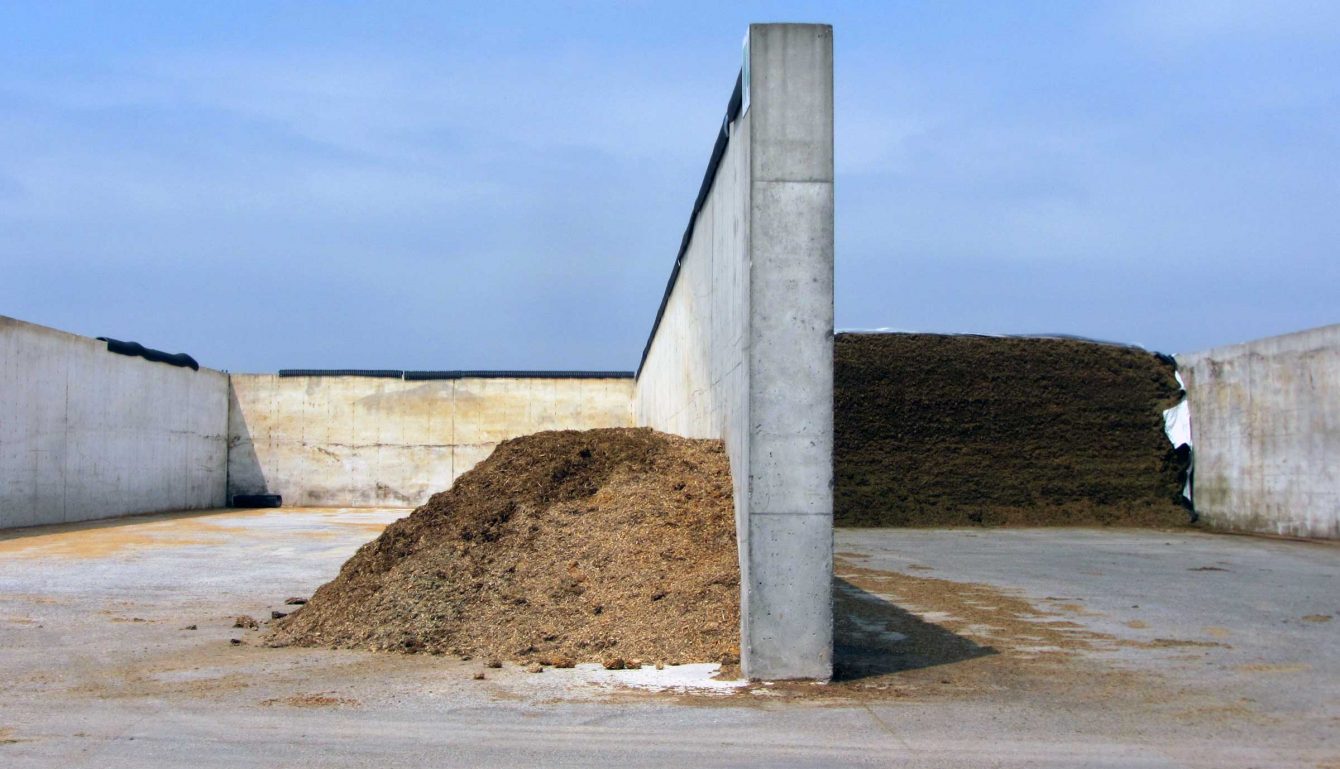…
Supply Management, Parity Prices, and Ecological Thinking as the Foundation for a Practical Agriculture System
Iowa dairy farmer Dan Beard. Photo courtesy of Practical Farmers of Iowa
How the Lack of Parity Supports Industrial Livestock Production
The end of parity pricing and supply management farm programs was a huge boon for agribusiness, particularly the meat industry. As the farm programs were dismantled, farmer grain prices fell to well under the cost of production, giving the meatpacking industry access to below-cost feed grain. Cheap feed was – and still is – a critical component of industrial confinement-based meat production.
Restoring Parity and Reducing Ecological Impacts through Agricultural Price Floors
A hallmark of New Deal era agricultural programs, price floors were eliminated along with other supply management tools over the second half of the 20th century. Absence of price floors drives down farm income and encourages overproduction – a vicious cycle with numerous externalities, from environmental degradation and agricultural intensification to supplying factory farms with cheap feed. Reinstating price floors is an essential step in restoring farm income and addressing these externalities.






